Health care is about healing people and giving them the tools they need to live a long, healthy life. However, in this increasingly digital age, it’s difficult (if not impossible) to connect with the people who need your healthcare services without being adept at digital marketing as well as medicine. As we approach Halloween, it’s time to take a look at all of the scary things that might just be happening in your healthcare digital marketing campaigns, reports, website and data. Look if you dare!
1. Low organic search rankings. Getting bumped off the first page of Google and other search engine results means that potential patients are less likely to find your services. Most second page listings are clicked on less than 1% of the time a search is conducted (11th position gets 1.11% clicks). Very scary indeed.
2. Low Click-Thru-Rates on your PPC campaigns. Click-thru-rates (CTRs) measure the number of times your ads are being clicked on versus the number of times they are being served in a search engine result page. Conventional Internet marketing wisdom maintains that anything below 2% is bad. Most successful programs have a 5% CTR.
3. Low quality score on your ppc campaigns. Quality score is a metric created by Google to measure the quality of your ads, keywords and landing page. Higher quality ads can lead to lower prices and better ad position. Each ad is graded on a scale of 1-10. Anything under a 5 is really bad.
4. Sending traffic to homepage vs. more relevant interior page. Sending visitors who find your website via search ads to your home page is increasing the likelihood that they won’t find the information they are seeking without several clicks (and lowers your quality score). By sending them to your home page, rather than an interior page, you risk losing them before they’ve answered their question.
5. Not tracking referrals by source, media or channels. When you don’t know where your new patients are coming from, you don’t know which of your marketing campaigns (and budget) are working. Lead tracking and intelligence platforms allow you to map referrals back to their source so marketers can easily measure their better performing media investments.
6. No ROI tracking on campaigns. You need to be able to measure the return on your investment (ROI) for all of your marketing campaigns in order to see what is effective (and thus, which campaigns you’ll want to repeat.)
7. No blog on the website. A blog serves a number of functions on your website. It’s a good place to address time-sensitive issues that are not well-suited to separate evergreen articles. In addition, a blog is a great place to answer common patient questions and to establish yourself as an authority in your field. Even if a site visitors isn’t a current patient, he or she will likely think of you when your service is needed. Blogging is one of the most important elements of a strong Search Engine Optimization (SEO) program. Without an active blog, you’re probably suffering from low organic search rankings.
8. Lack of keyword use in web content. Keywords may seem boring and even manipulative. However, keywords is one of the many ways Google recognizes (and categorizes) how well your content matches to what a new patient is looking for when conducting a search. Keyword usage is vital to both a successful PPC campaign as well as a successful SEO campaign. Ignore keywords and you’ll simply be writing to your staff and existing patients.
Maximizing your digital marketing potential doesn’t have to be scary. It just takes reviewing your efforts and the mechanics of your online presence on a regular basis so none of these potential monsters can get out of hand.
















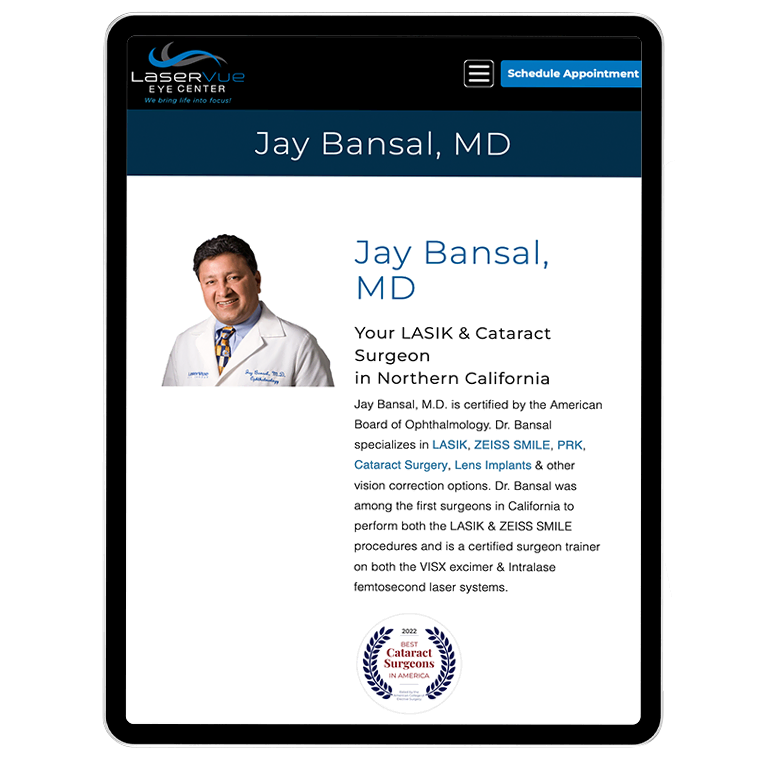


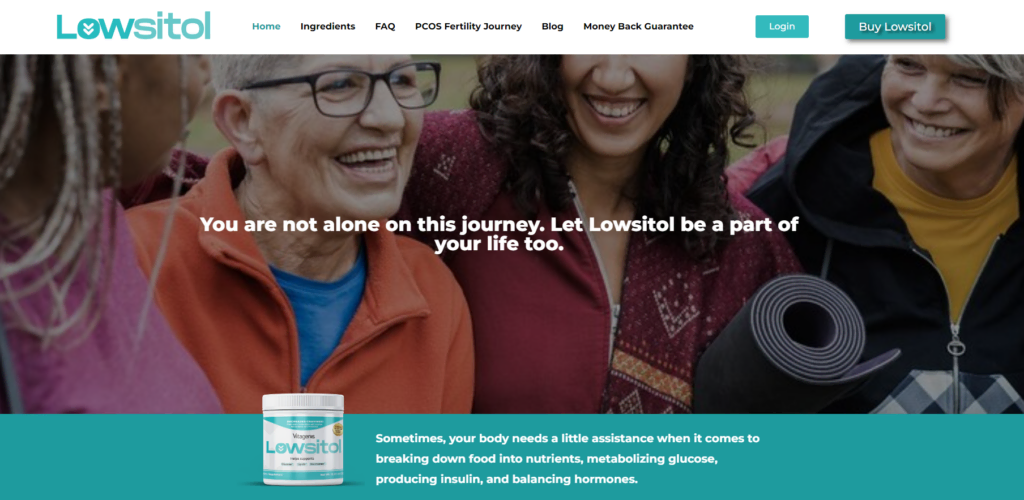

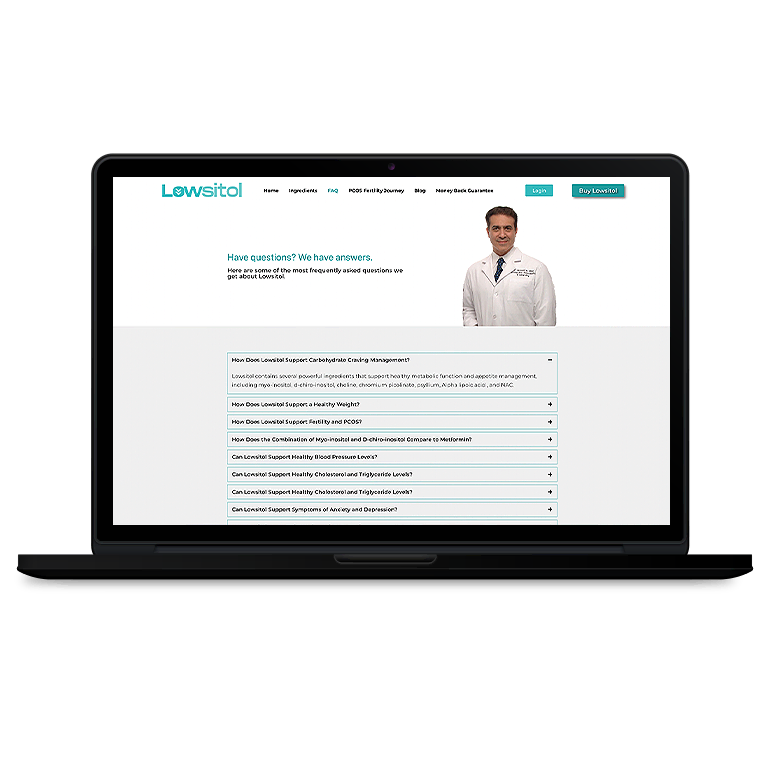
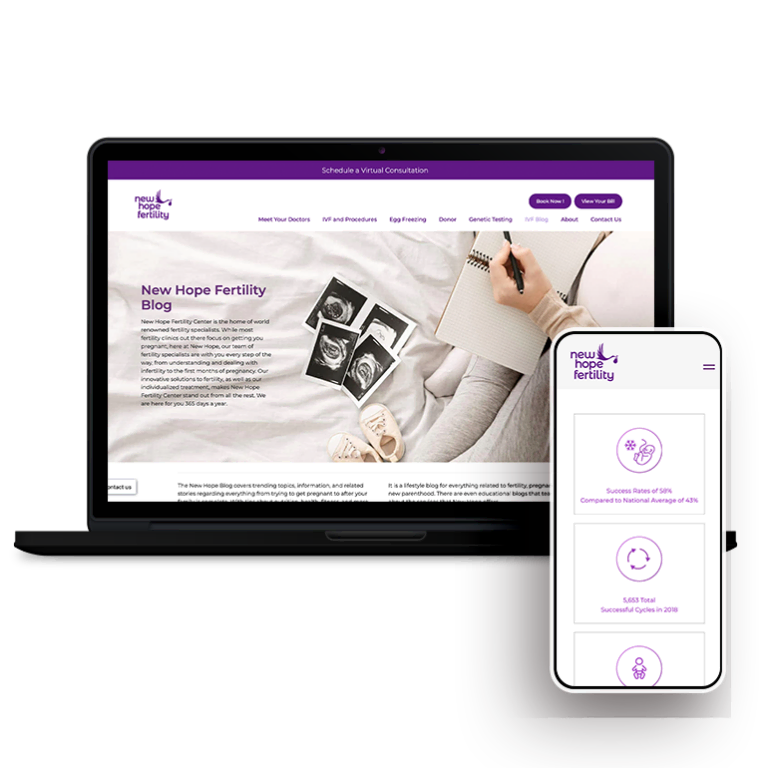
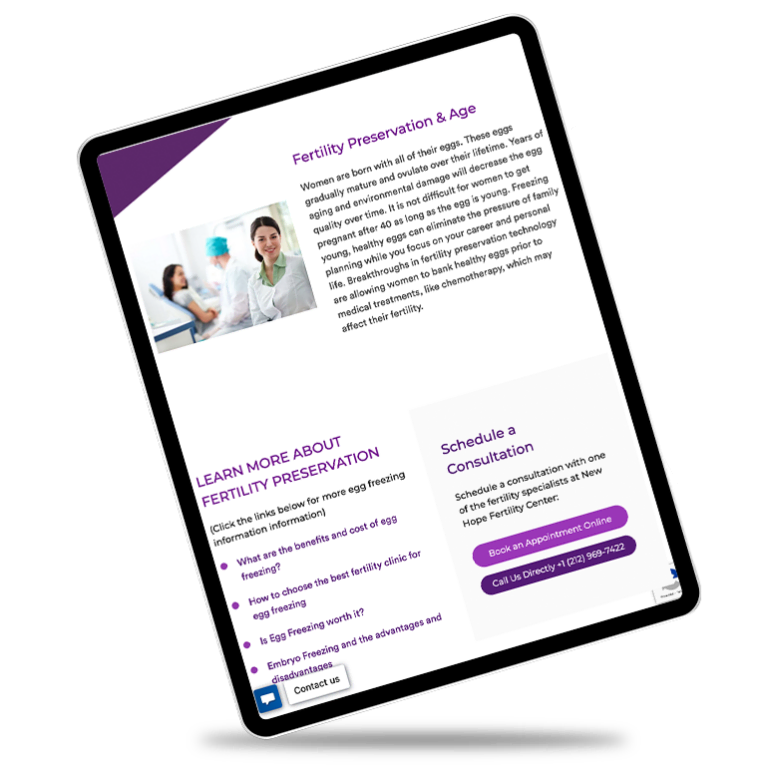

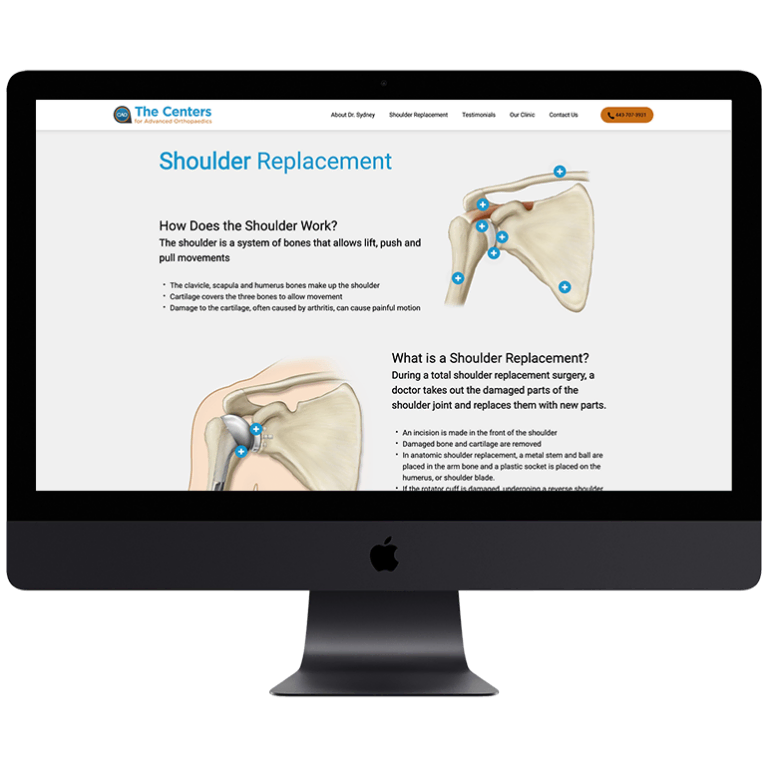


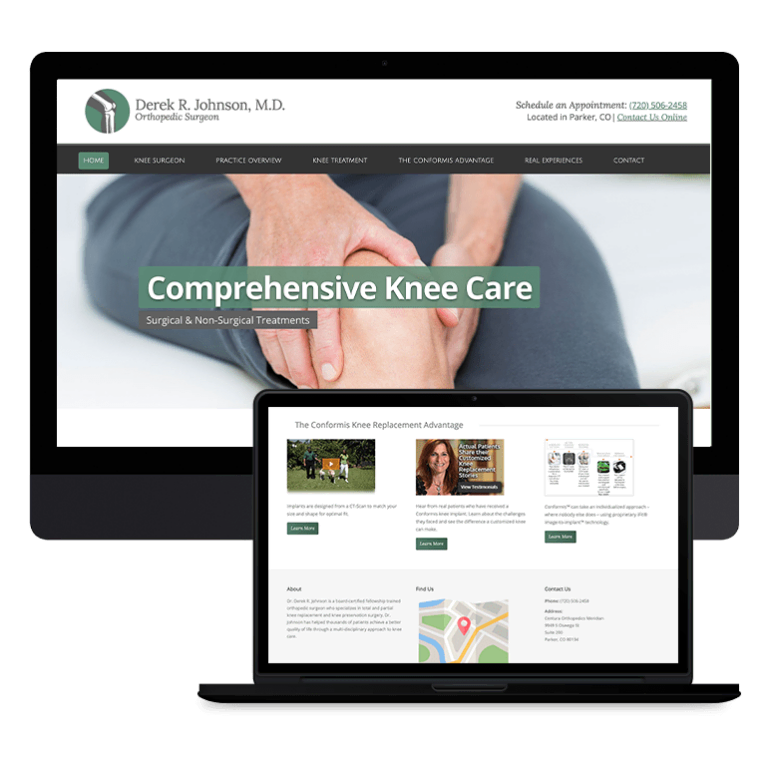


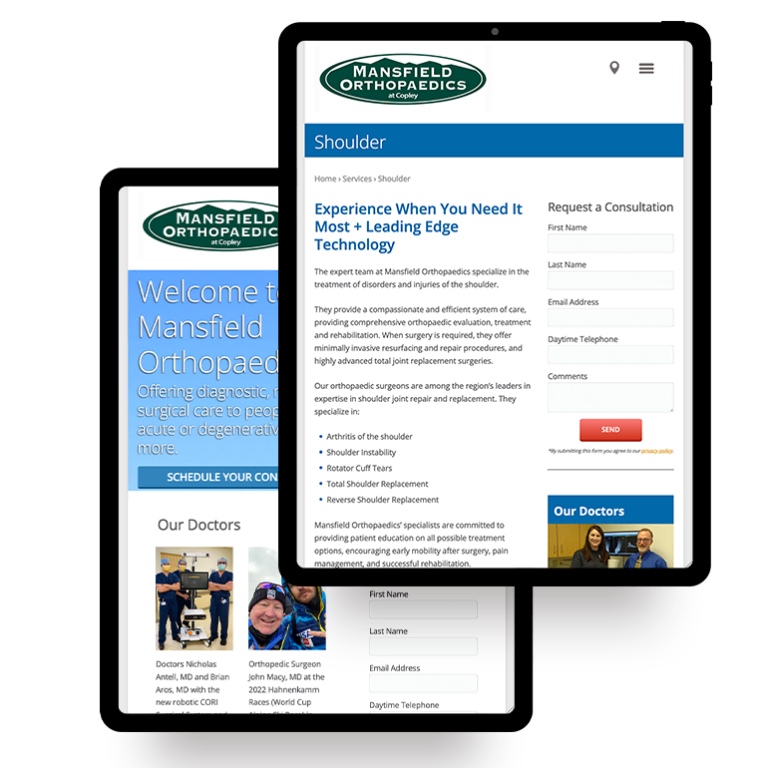
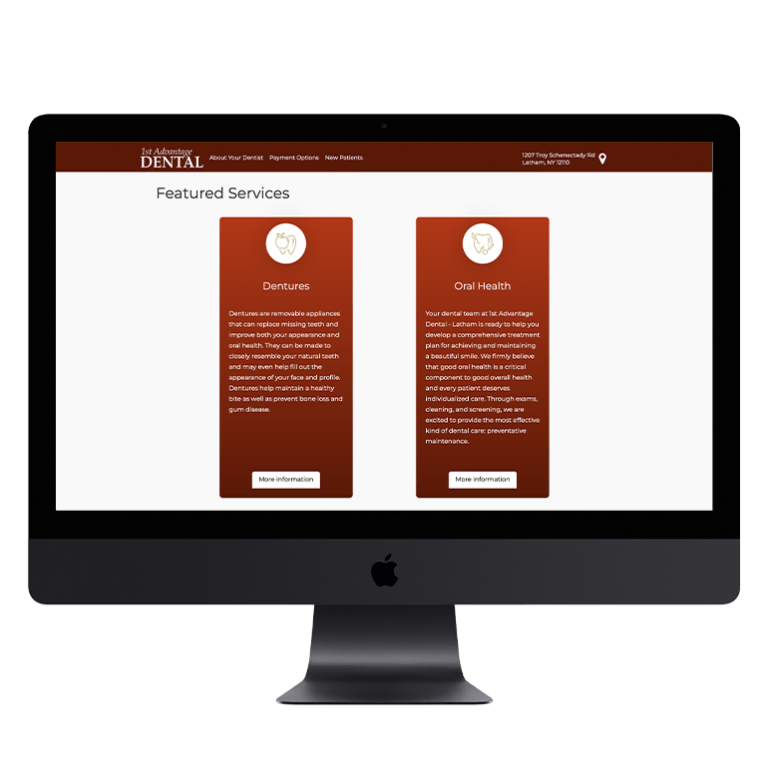
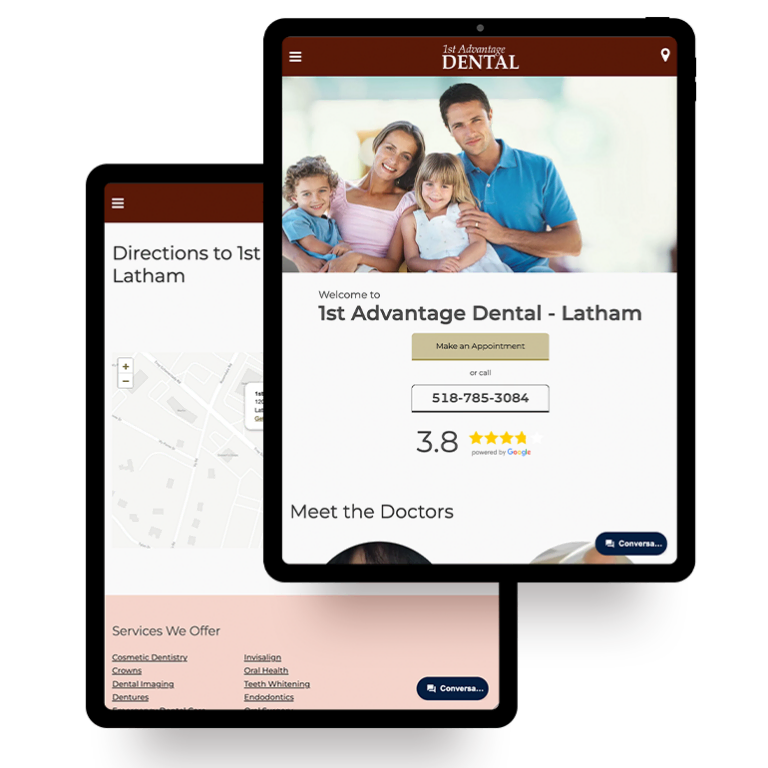
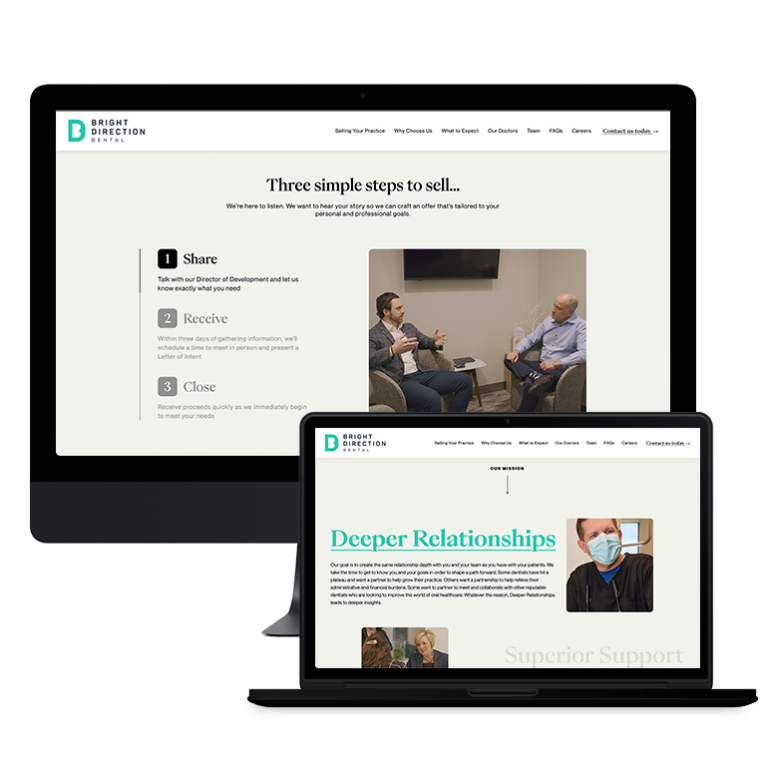
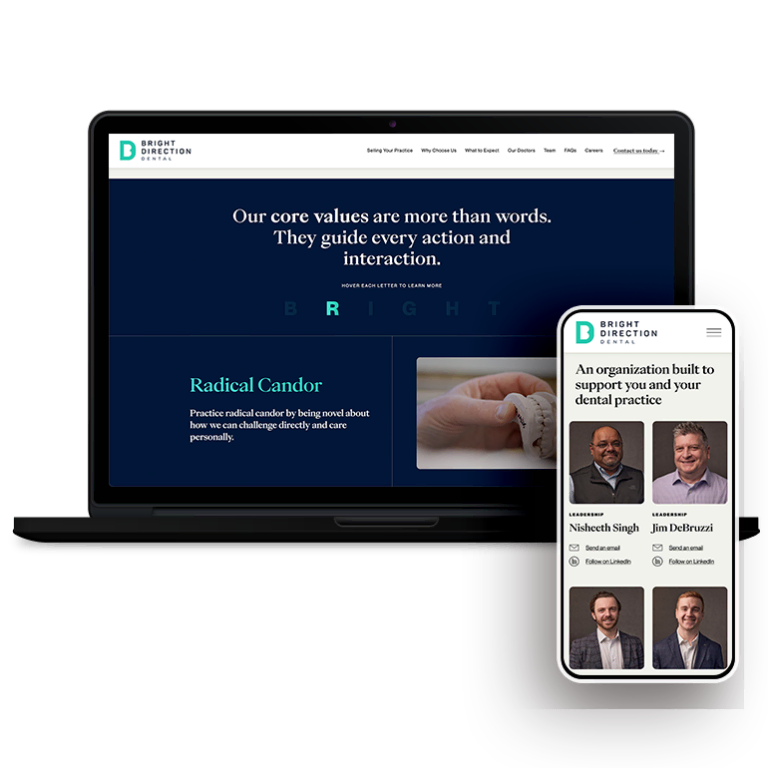
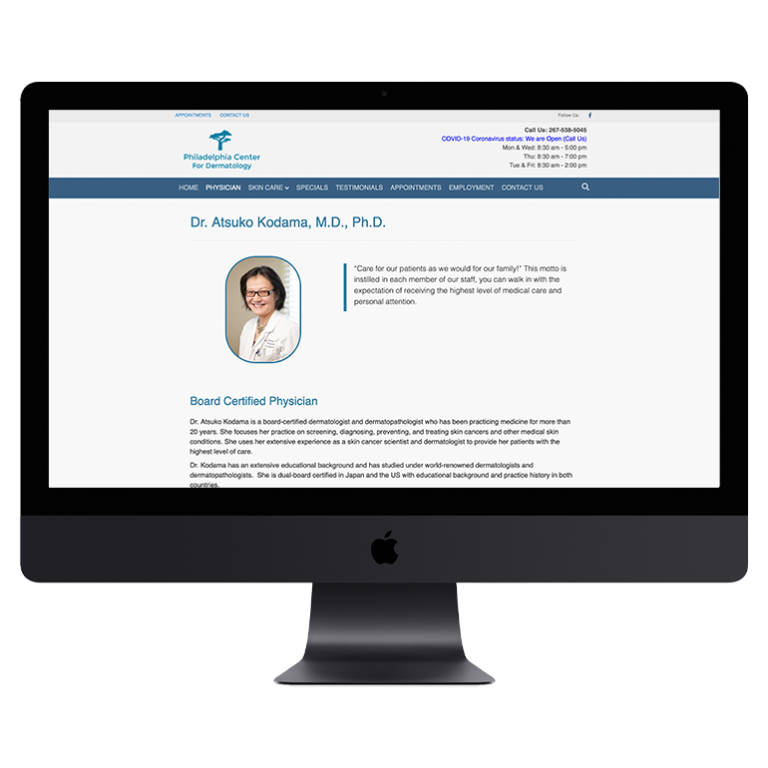
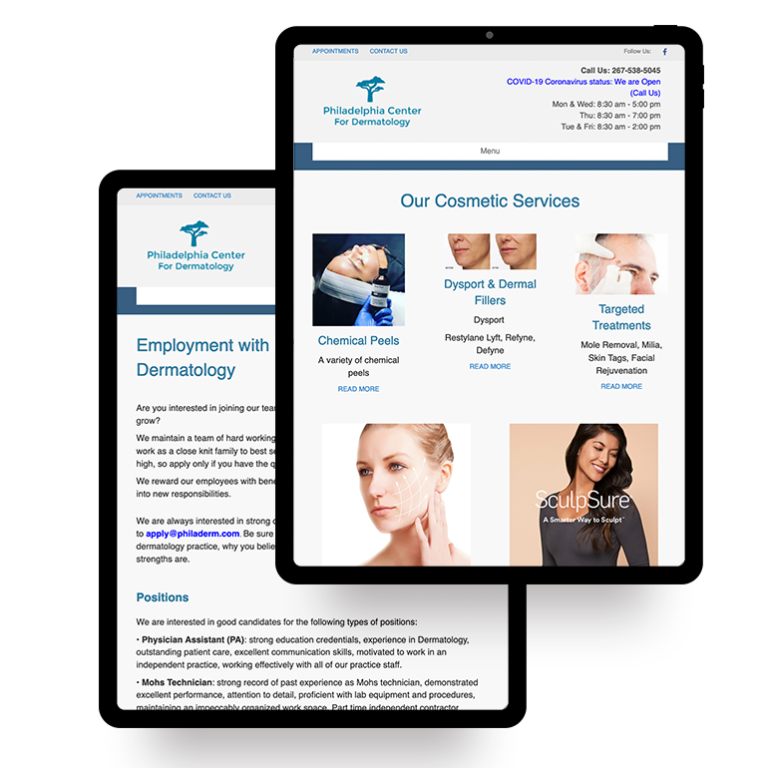





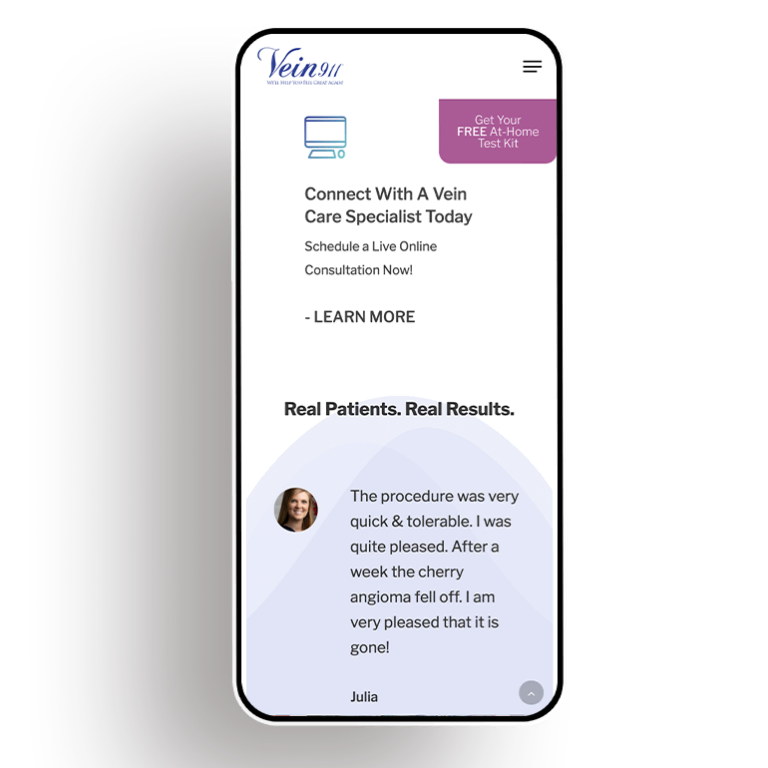




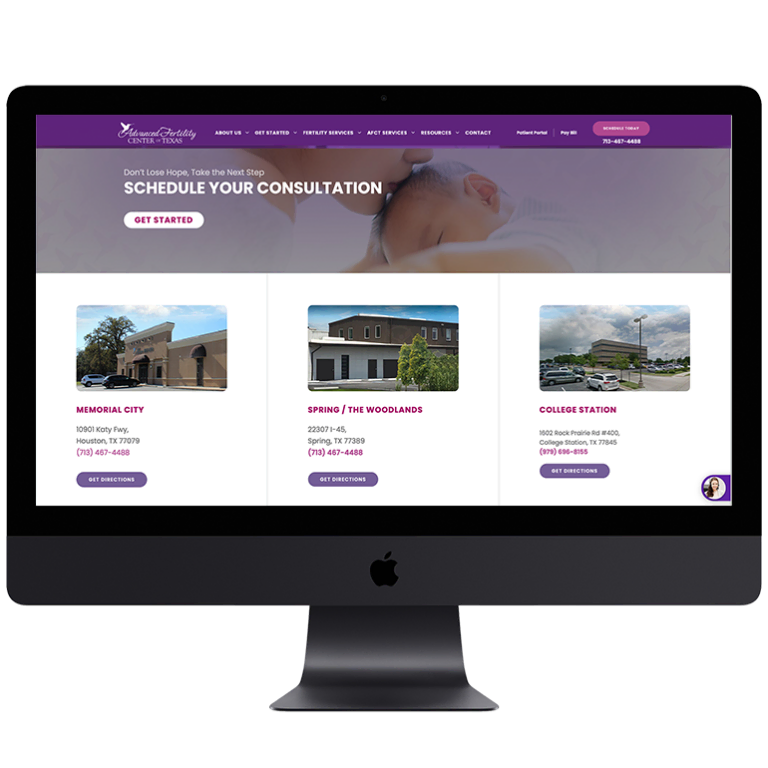
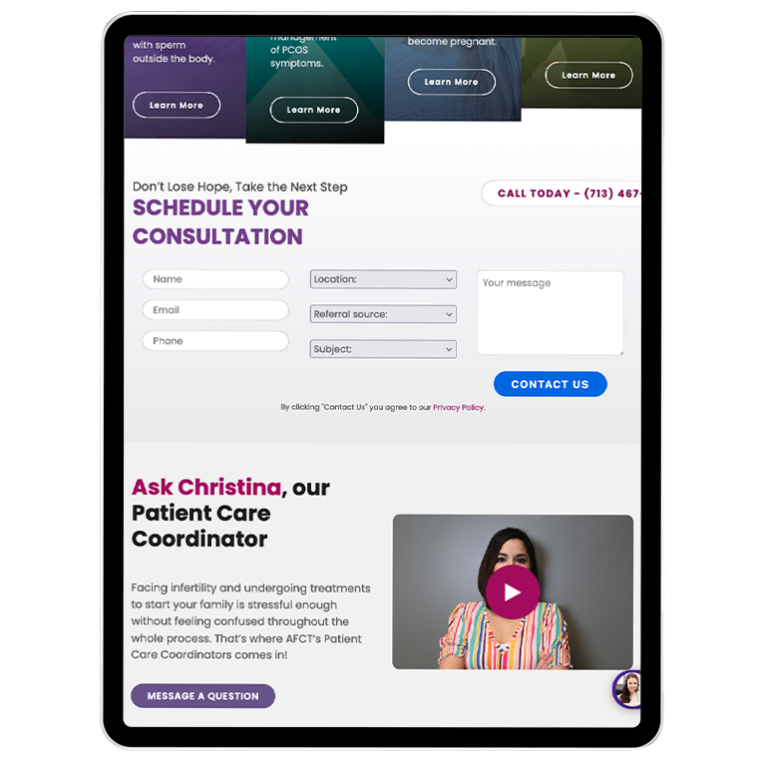
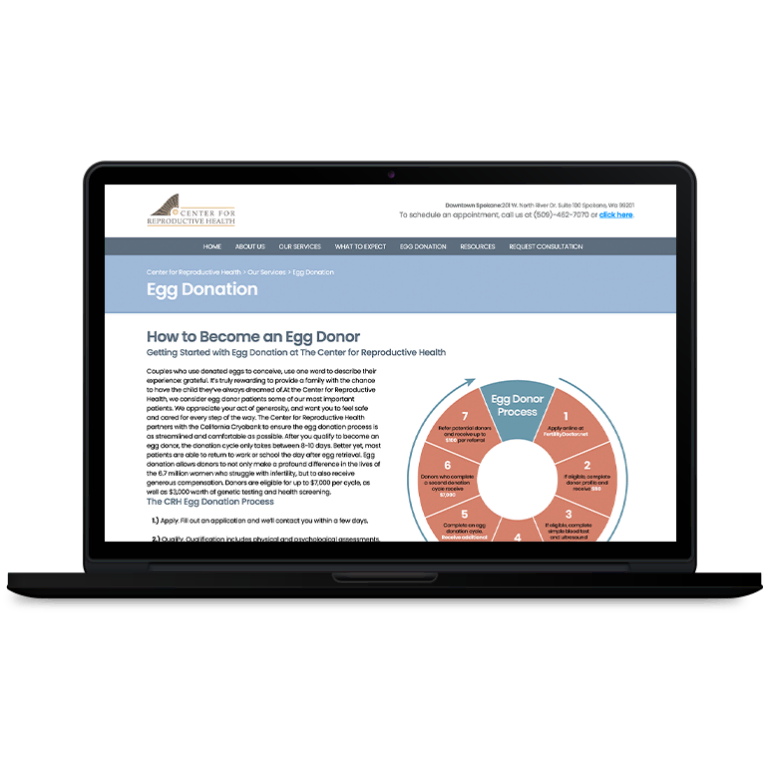
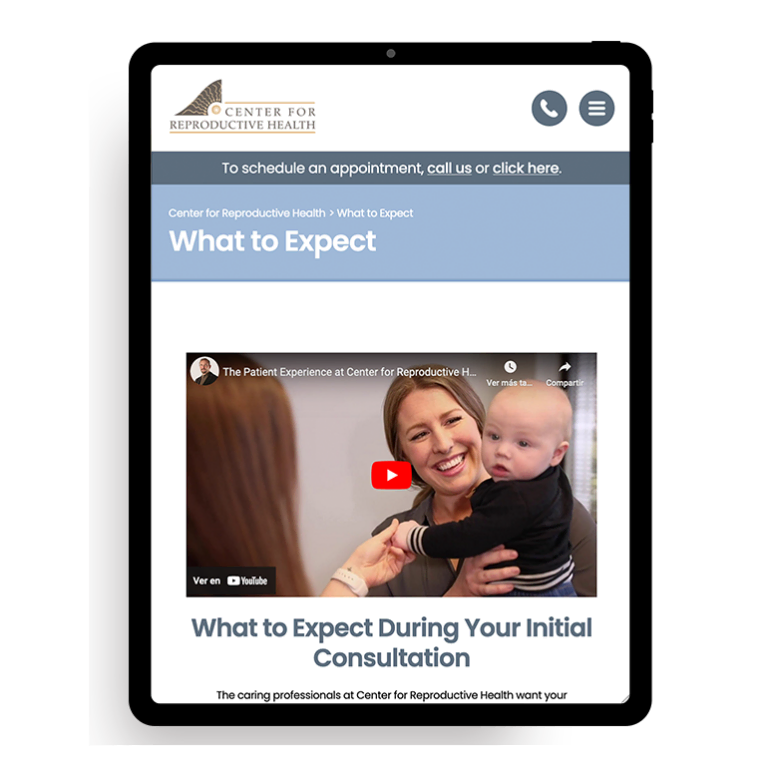
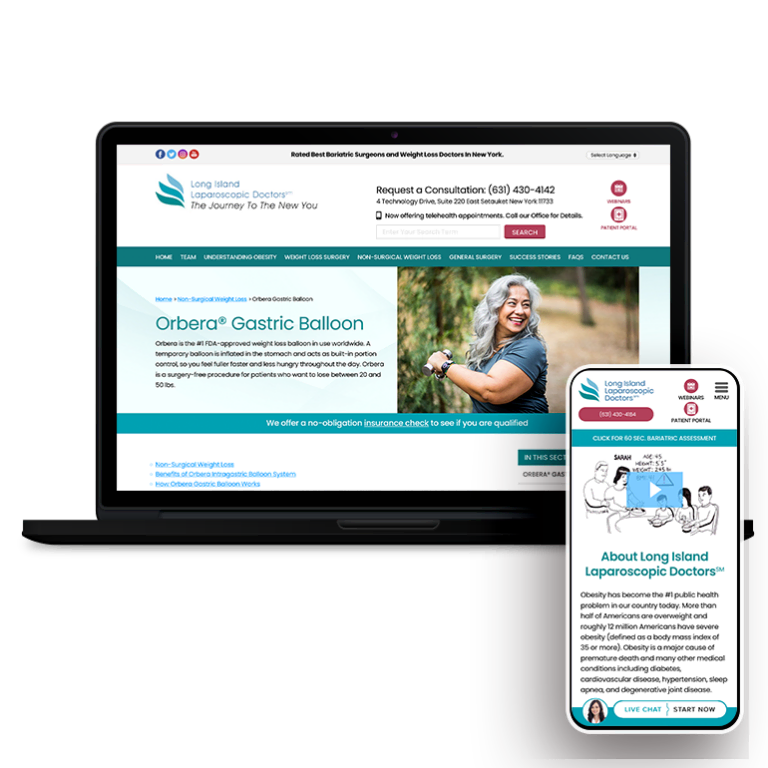
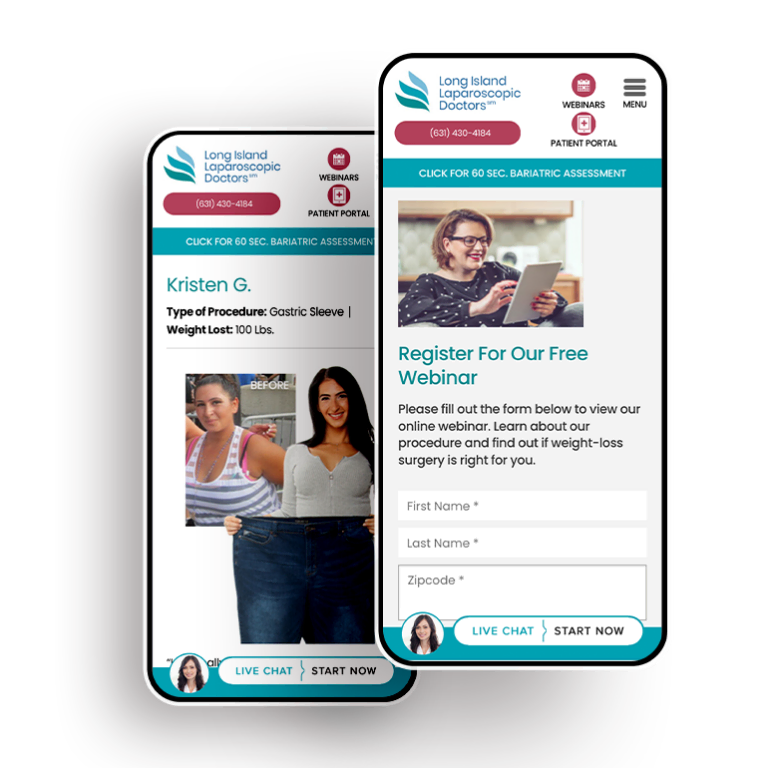
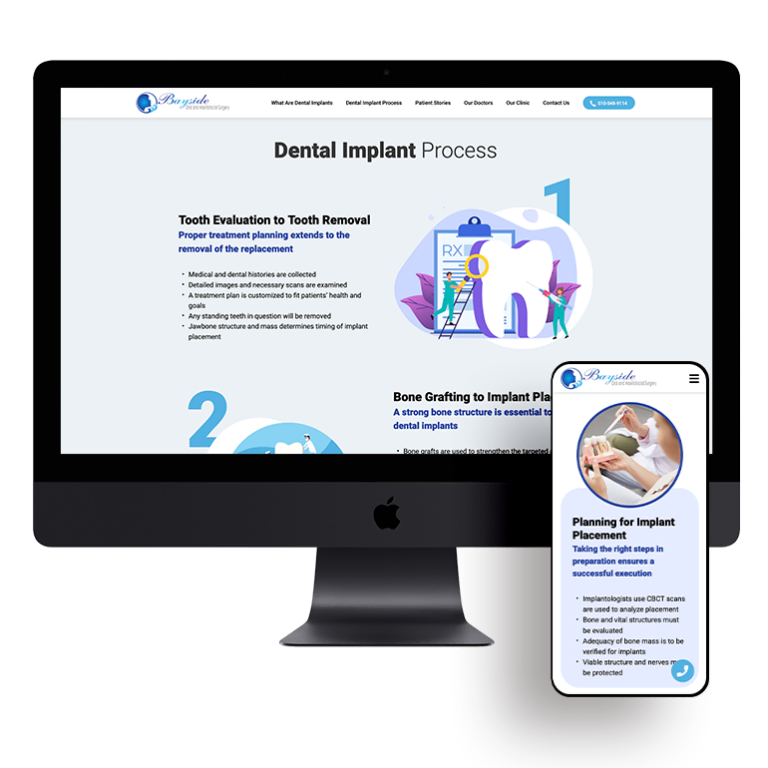
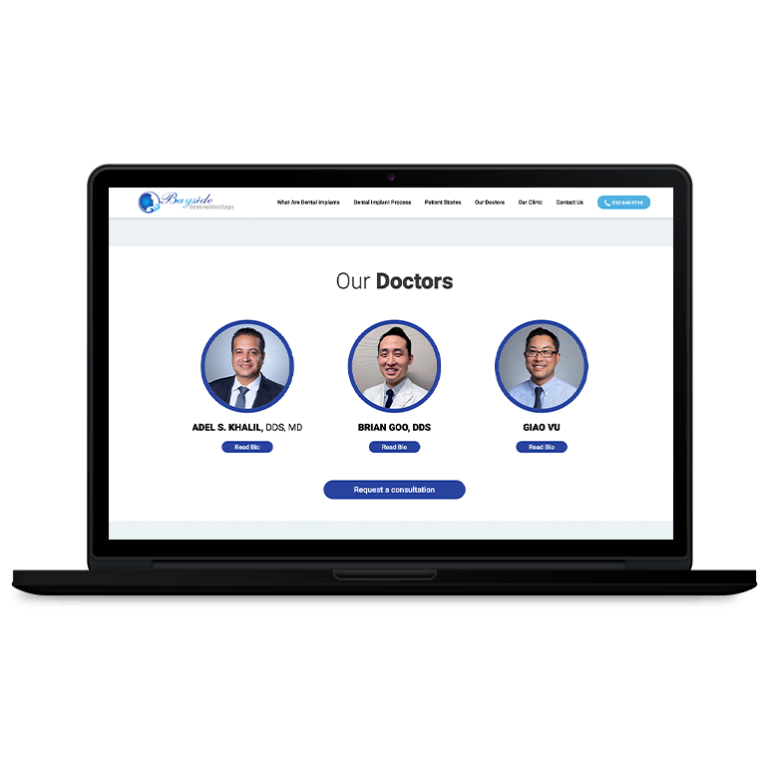
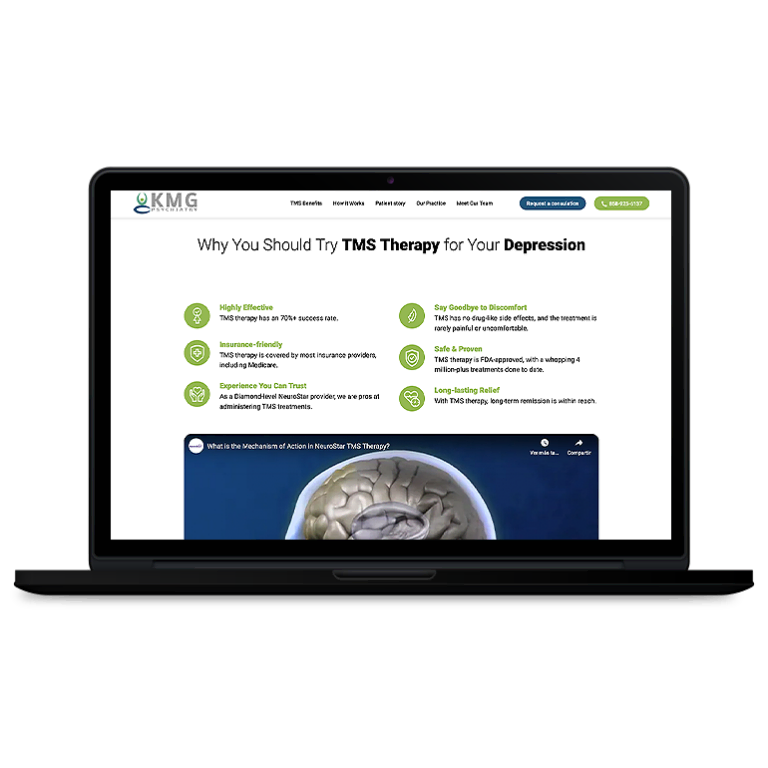
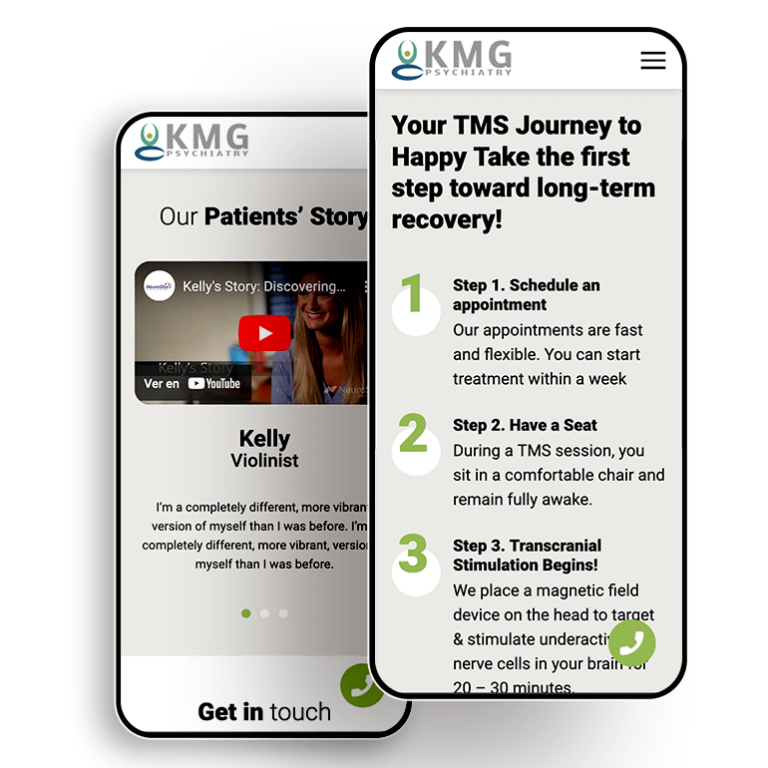
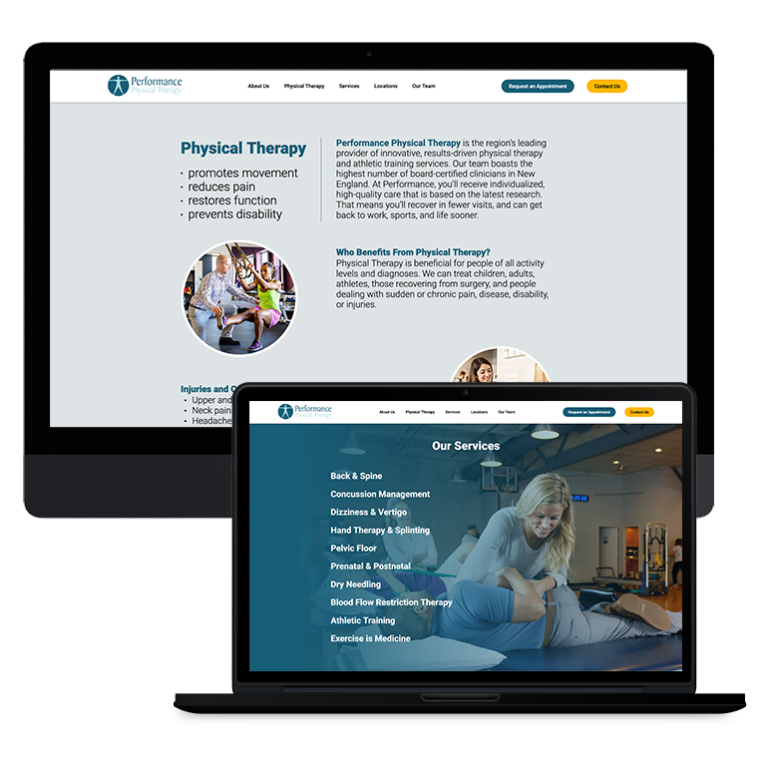
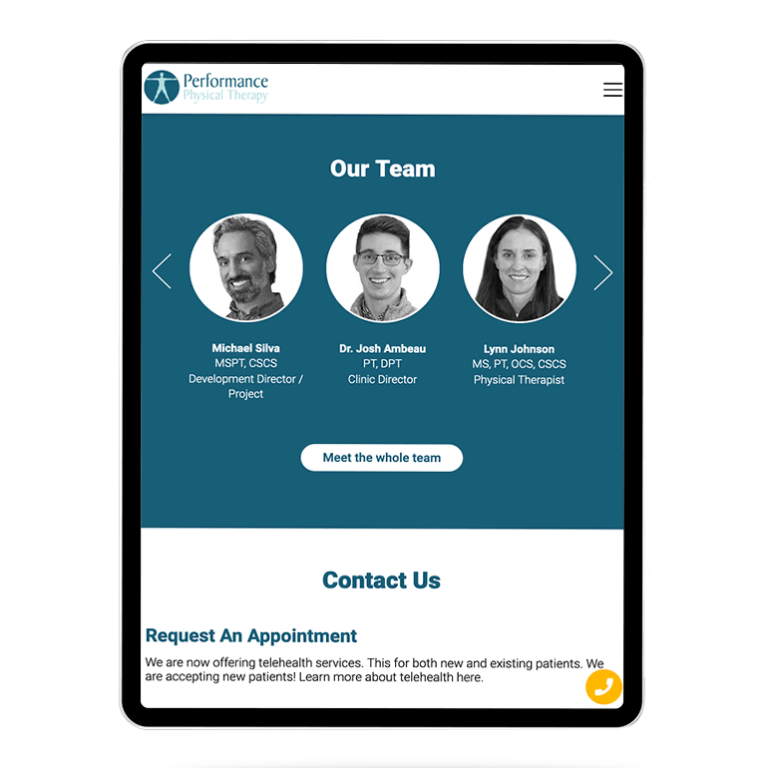


 Smart Design Creates New Patient Opportunities
Smart Design Creates New Patient Opportunities